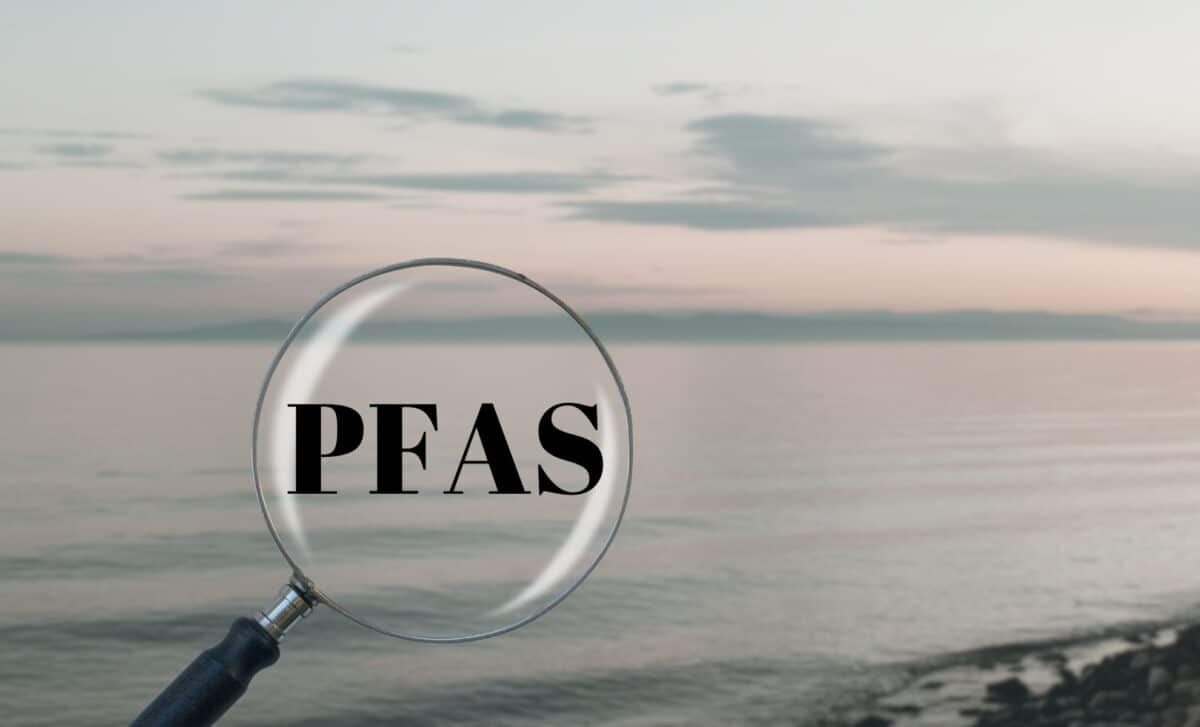Regional councils in New South Wales (NSW) are raising urgent concerns over PFAS contamination in drinking water supplies, warning that it could pose a severe risk to water security during future droughts. Local leaders argue that without immediate state and federal intervention, communities could face catastrophic shortages similar to those experienced during the 2019 drought.
The warnings come as mayors and council officials testified before a parliamentary inquiry examining the extent of PFAS pollution in regional water sources. The presence of the chemical compounds, widely linked to past firefighting foam use, has already forced some councils to shut down bores, reducing their ability to supply safe drinking water to residents.
Regional communities struggling with PFAS contamination
Local authorities from across NSW’s drought-prone regions have told the NSW upper house inquiry that the contamination is making water management increasingly difficult. Dubbo Regional Council Mayor Josh Black described PFAS as a “very real threat” to the region’s water security, highlighting the potential for disaster if urgent investment in removal infrastructure is not made.
During the 2019 drought, Dubbo came dangerously close to “day zero”, when water supplies were critically low. Now, the detection of PFAS above safety thresholds has already forced one bore offline, and anticipated stricter national guidelines could see another closed.
“The PFAS contamination of the bores in Dubbo really does place us in a future drought like 2019 in a catastrophic position,” Cr Black told the inquiry. The estimated cost of installing new bores or reverse osmosis treatment technology is in the tens of millions of dollars, far beyond the financial means of local councils.
Smaller communities are facing similar issues. Gwydir Shire Council, which governs the north-west NSW town of Warialda, has reported some of the highest PFAS contamination levels outside Sydney. Residents were forced to rely on bottled water for nearly a month, and two of the town’s five bores have since been shut down.
Gwydir’s general manager, Alex Eddy, said a failure of the remaining main bore during a drought would constitute an “emergency situation”, requiring immediate government assistance. He warned that securing alternative water supplies could cost up to $1 million, a sum beyond the council’s budget.
Councils call for urgent government intervention
Across the state, councils are calling for state and federal funding to tackle PFAS contamination before the next drought intensifies the crisis. Wagga Wagga Mayor Dallas Tout stressed that local authorities cannot afford the cost of investigating and mitigating contamination on their own.
The NSW Environment Protection Authority (EPA) confirmed it has begun mapping contamination sources in three regional towns of concern—Narrabri, Warialda and Tarcutta—but remediation efforts remain uncertain. EPA executive Stephen Beaman suggested that landfills may be a contributing factor, though investigations are ongoing.
Meanwhile, Local Government NSW chief executive David Reynolds told the inquiry that councils were being forced to divert limited resources to deal with contamination they did not cause. “These are not luxury items,” he said. “This is life-giving stuff we’re just trying to maintain.”
The parliamentary inquiry’s final report is expected to be released in mid-2025, but with PFAS levels rising and a new drought cycle looming, local leaders insist that action cannot wait.









